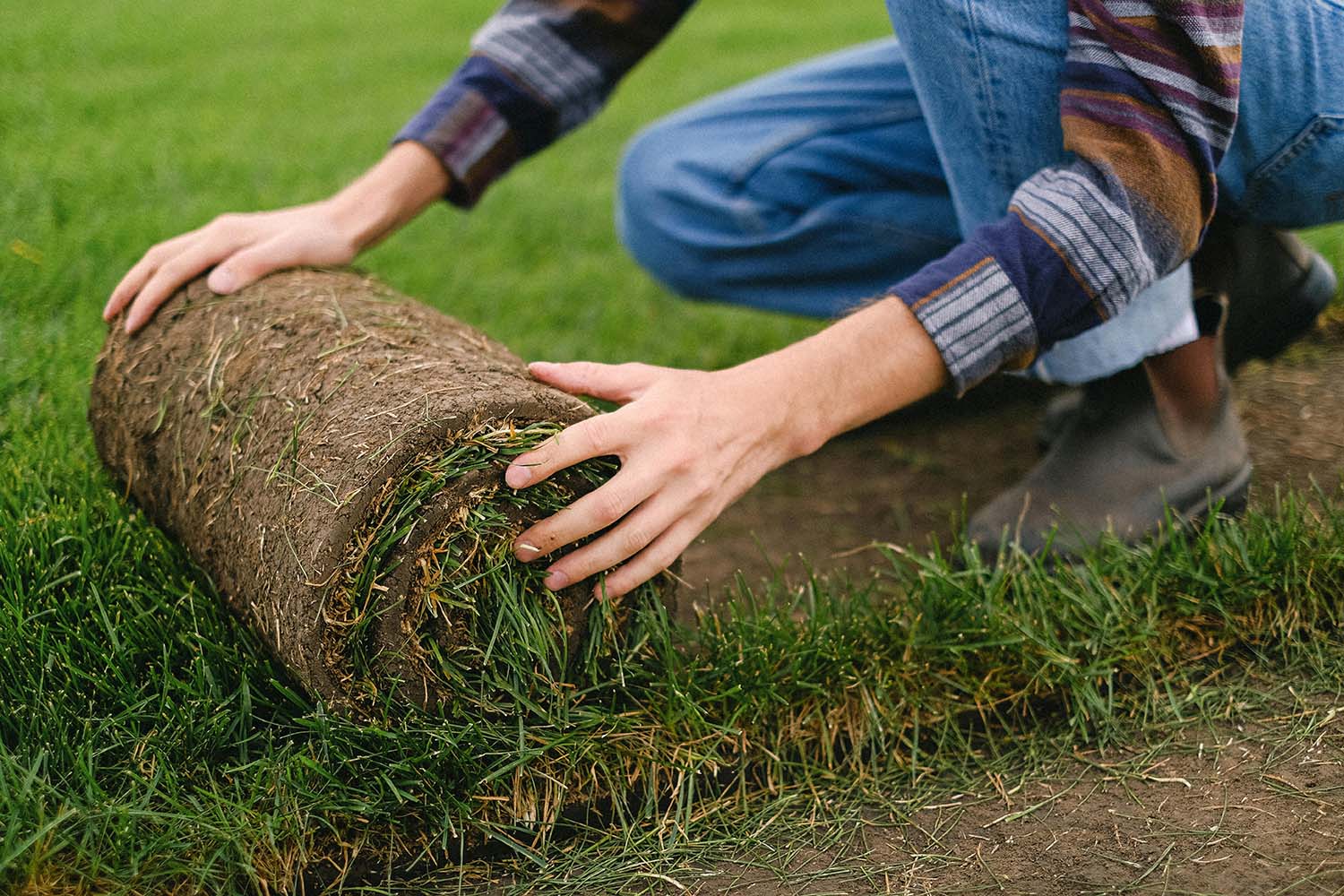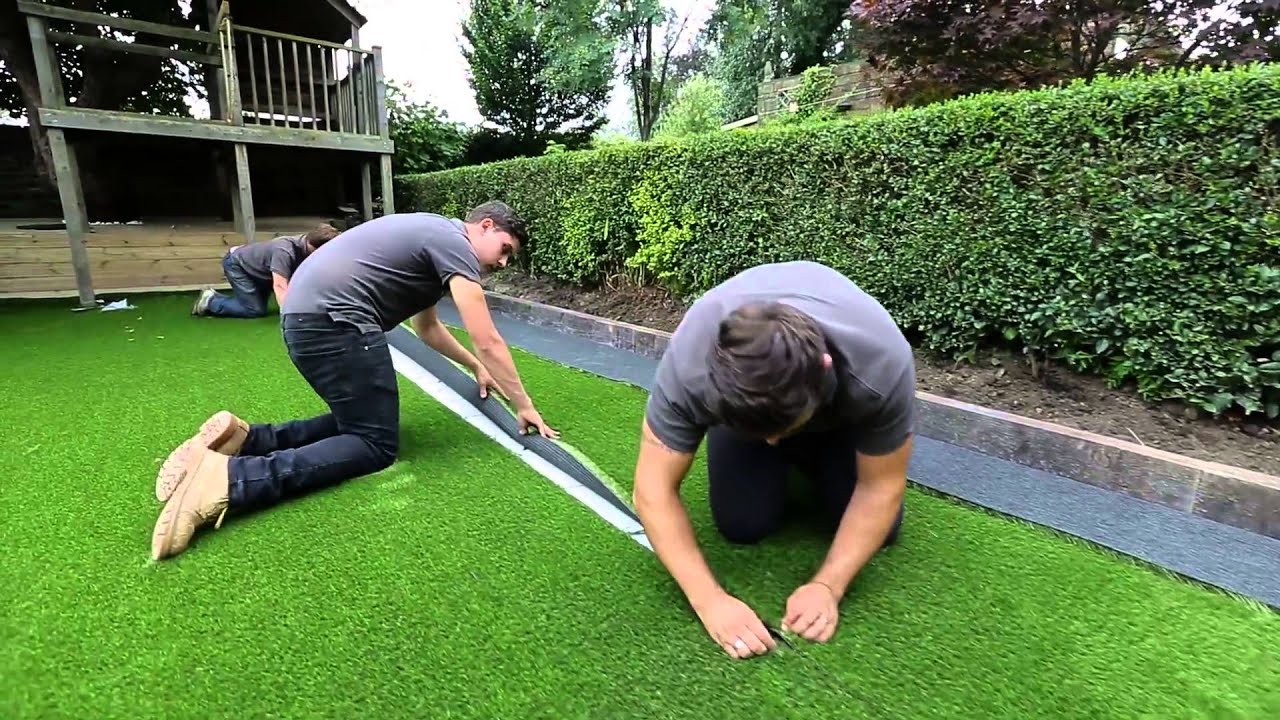Top Phoenix Turf Companies Providing High-End Synthetic Lawn Products
Top Phoenix Turf Companies Providing High-End Synthetic Lawn Products
Blog Article
Delve Into the Environmental Advantages of Opting for Artificial Lawn Solutions
The fostering of synthetic grass solutions provides an engaging chance to address pushing ecological obstacles. By significantly decreasing water usage and minimizing the application of harmful chemicals, these options not only promote lasting landscape design yet also protect neighborhood environments. The lower carbon footprint connected with decreased upkeep activities contributes to a more sustainable strategy to land management. Nonetheless, the ramifications of these benefits expand beyond simple preservation initiatives, questioning concerning their long-lasting influence on environment conservation and general environmental equilibrium. Exploring these dimensions discloses a complicated interplay worth considering.
Water Conservation Conveniences
One of the most significant advantages of man-made grass is its capability to conserve water. Typical yard yards need substantial irrigation, particularly in locations prone to drought or water limitations. In contrast, synthetic grass does not require watering, dramatically decreasing the total demand for water resources. This attribute is particularly valuable in deserts where water shortage is a pushing worry.
By eliminating the demand for regular watering, synthetic grass adds to sustainable landscape methods and aids reduce the ecological influence of too much water consumption. In addition, the preservation of water includes the decrease of overflow, which can lead to soil erosion and river pollution.
In addition, the installation of synthetic grass allows house owners and municipalities to allot water resources extra successfully, concentrating on important usages such as alcohol consumption water and agriculture. The change towards synthetic grass not just promotes responsible water use however likewise lines up with wider environmental goals focused on preserving natural deposits.
As areas progressively prioritize sustainability, the water preservation advantages of synthetic grass present an engaging case for its fostering in household and industrial landscape design jobs.
Decreased Chemical Usage
The change to synthetic grass significantly decreases the reliance on chemical therapies commonly made use of in natural lawn upkeep. Traditional lawn management usually involves the application of fertilizers, herbicides, and chemicals to promote growth and control bugs. These chemicals can present threats to human wellness, regional wildlife, and the atmosphere, adding to soil and water contamination.
In comparison, artificial grass eliminates the demand for these damaging materials. By lessening the launch of synthetic compounds into the environment, synthetic lawn promotes healthier soil and water systems.
In addition, the absence of chemical overflow connected with fabricated grass setups helps protect neighborhood rivers from contamination, sustaining aquatic life and preserving biodiversity. Arizona artificial turf. As communities increasingly focus on sustainable practices, selecting synthetic turf offers a sensible remedy that aligns with ecological preservation goals. With this change, homeowner can delight in rich environment-friendly areas without jeopardizing eco-friendly wellness, paving the method for a much more sustainable future
Reduced Carbon Impact

Moreover, the installation of synthetic grass can result in significant water conservation. All-natural yards call for significant amounts of water for watering, which not only adds to the carbon impact connected with water removal and treatment however additionally strains regional water sources. On the other hand, synthetic grass needs minimal maintenance, requiring no watering, consequently considerably lowering water use and its associated power costs.
Additionally, the durability of artificial turf contributes to its lower carbon influence. With a life-span of as much as 15 years or more, the requirement for regular replacements is lessened, causing less waste and reduced power intake in production and taking care of typical lawn alternatives. In general, synthetic lawn offers a sustainable alternative for ecologically aware landscape design.
Environment Conservation
Habitat conservation is a vital factor to consider in the dispute over landscape design options, specifically when comparing synthetic grass to natural lawn. All-natural lawn yards usually call for comprehensive maintenance, including making use of fertilizers, herbicides, and pesticides, other which can detrimentally affect neighborhood ecosystems. These chemicals can seep right into the soil and waterways, harming native plants and fauna and interfering with local habitats.
In contrast, artificial turf provides an opportunity to minimize the ecological impact of landscaping. By selecting artificial turf, home owners click here to read can minimize the disruption of all-natural environments connected with typical yard care methods. Synthetic grass removes the need for hazardous chemicals, consequently safeguarding nearby wild animals and keeping the integrity of bordering environments. The setup of synthetic lawn can lead to the conversion of previous lawn areas right into even more biodiverse landscapes, such as pollinator yards or indigenous plant areas, which can sustain regional wild animals.
Inevitably, the change to man-made grass not only conserves water and lowers maintenance initiatives but likewise cultivates a more harmonious partnership between human activities and the natural environment, advertising habitat preservation at the same time.
Long-Term Sustainability
Lasting sustainability is an essential consider reviewing the advantages of man-made lawn over standard lawn yards. Among one of the most considerable benefits of fabricated turf is its durability; it can last as much as 15-20 years with marginal upkeep, whereas natural yard calls for constant reseeding and substitute. This longevity decreases the requirement for constant sources, such as water, fertilizers, and chemicals, which are vital for keeping a healthy and balanced yard lawn.
Furthermore, artificial grass adds to a reduction in carbon exhausts related to yard care equipment. Typical lawns frequently call for gas-powered mowers, leaners, and blowers, all of which add to air contamination. Phoenix turf companies. On the other hand, fabricated turf removes the demand for such tools, advertising a cleaner setting
Moreover, the manufacturing of man-made grass progressively utilizes recycled products, enhancing its sustainability account. As suppliers embrace environment-friendly techniques, the environmental impact of artificial lawn remains to decrease.

Verdict
The fostering of artificial lawn services presents significant ecological benefits, including significant water preservation, reduced dependence on hazardous chemicals, and a reduced carbon impact. Furthermore, artificial grass aids in maintaining all-natural habitats by lessening land disturbance and promoting lasting sustainability via making use of long lasting materials. Collectively, these variables read the article highlight the possibility of synthetic grass to contribute favorably to ecological health and provide a feasible alternative to conventional landscape design methods in a significantly resource-conscious world.
In comparison, synthetic turf does not require watering, considerably decreasing the total demand for water sources. By lessening the launch of artificial compounds right into the ecosystem, artificial turf promotes healthier dirt and water systems.
Additionally, the installment of man-made turf can result in substantial water preservation. In comparison, synthetic lawn needs minimal upkeep, requiring no watering, consequently considerably decreasing water use and its connected power prices.

Report this page